
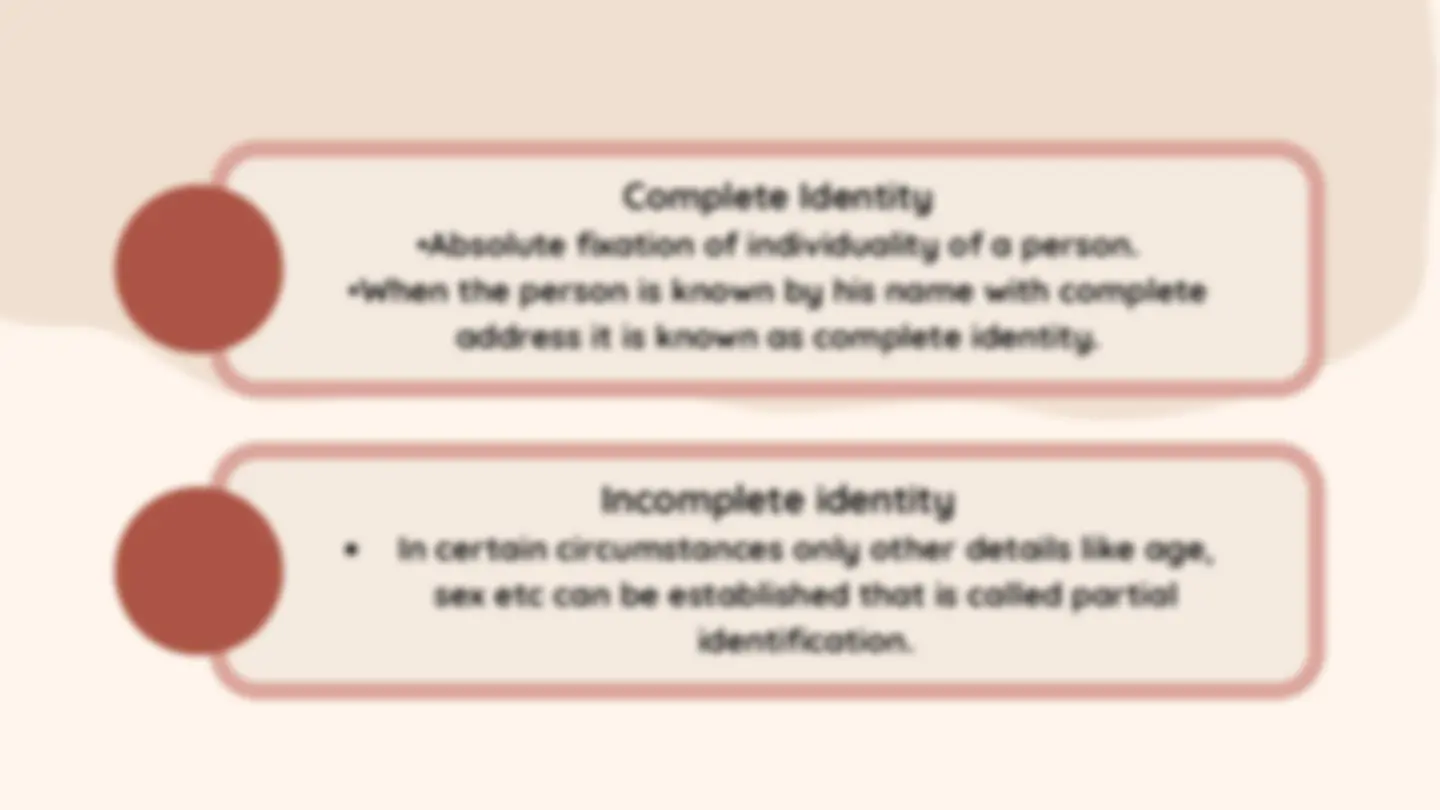
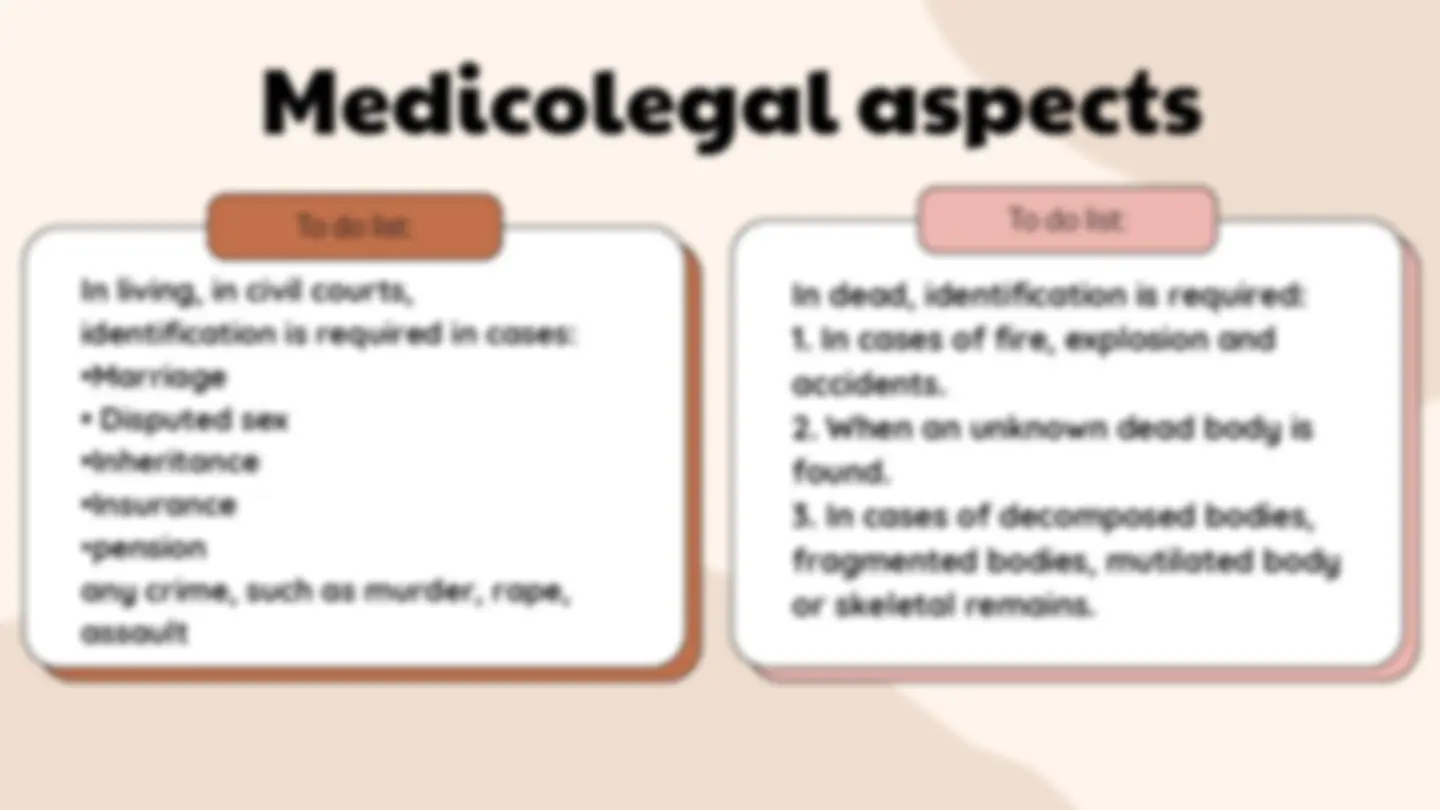
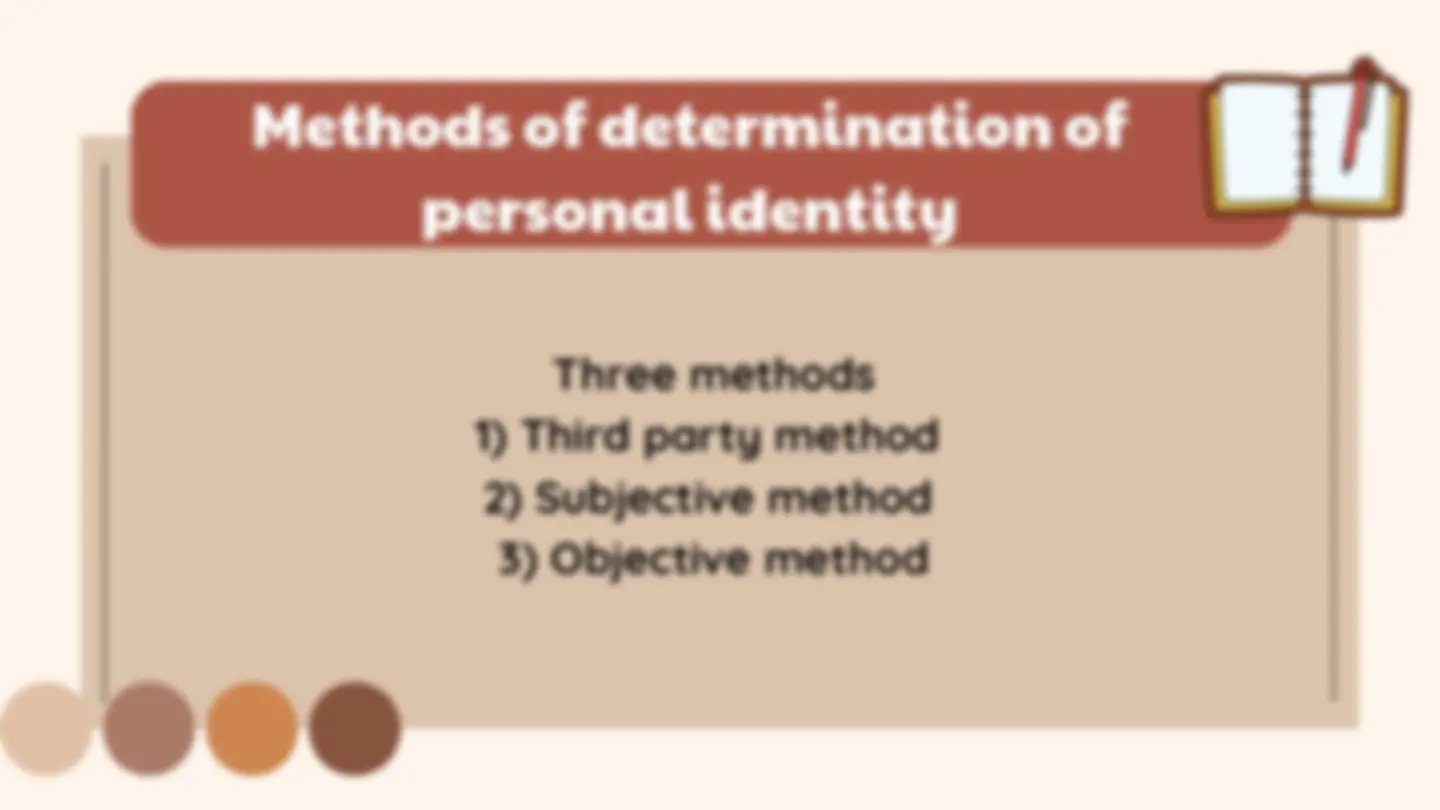
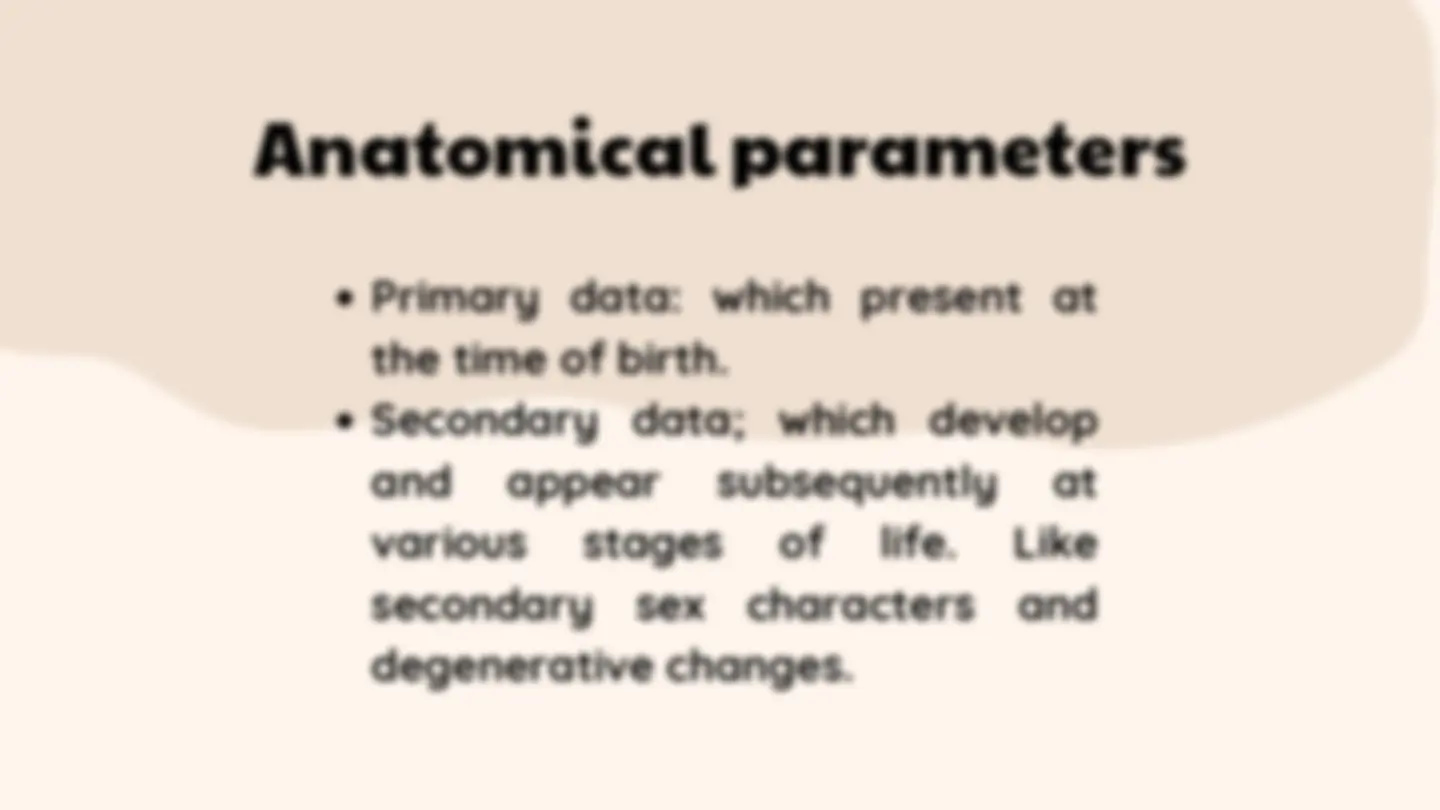
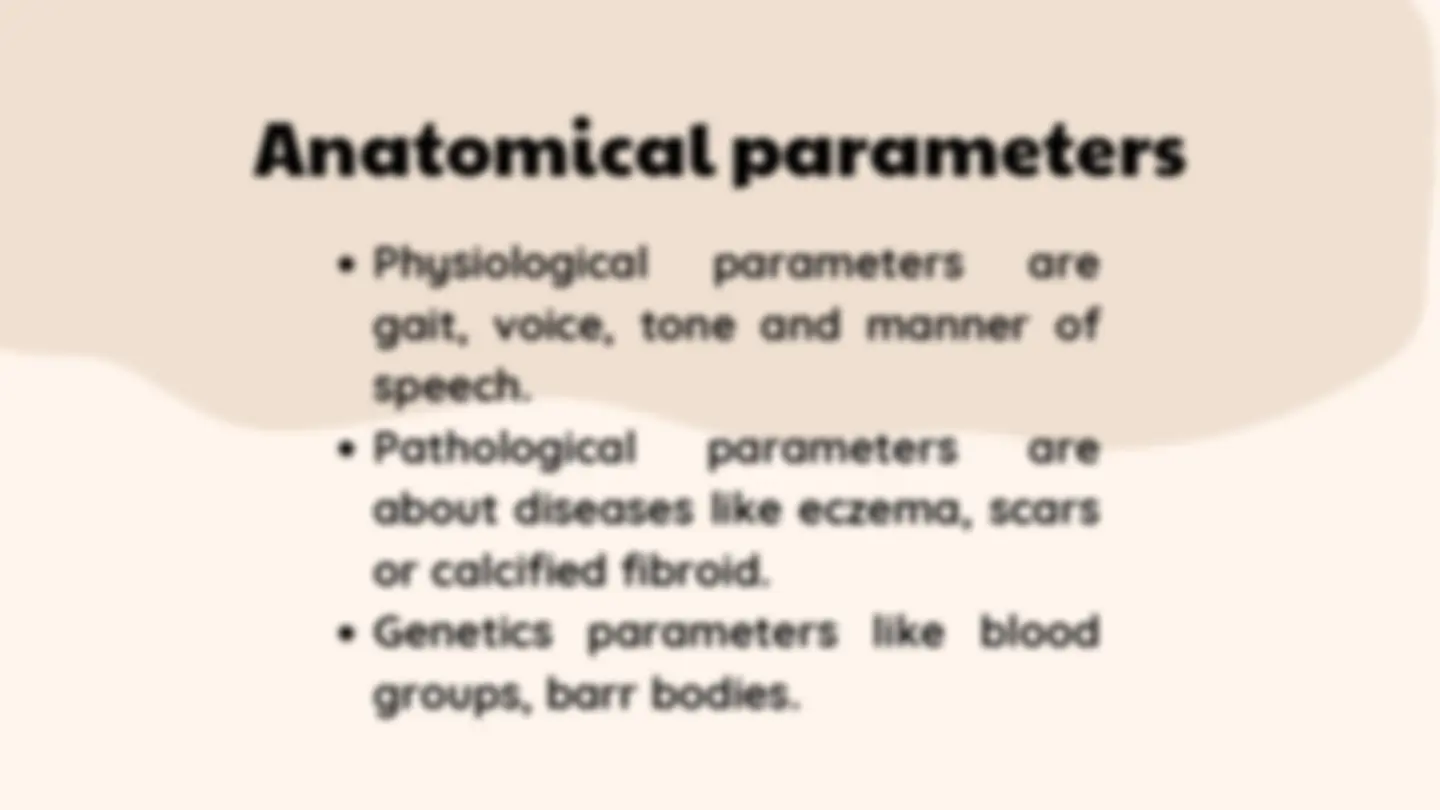
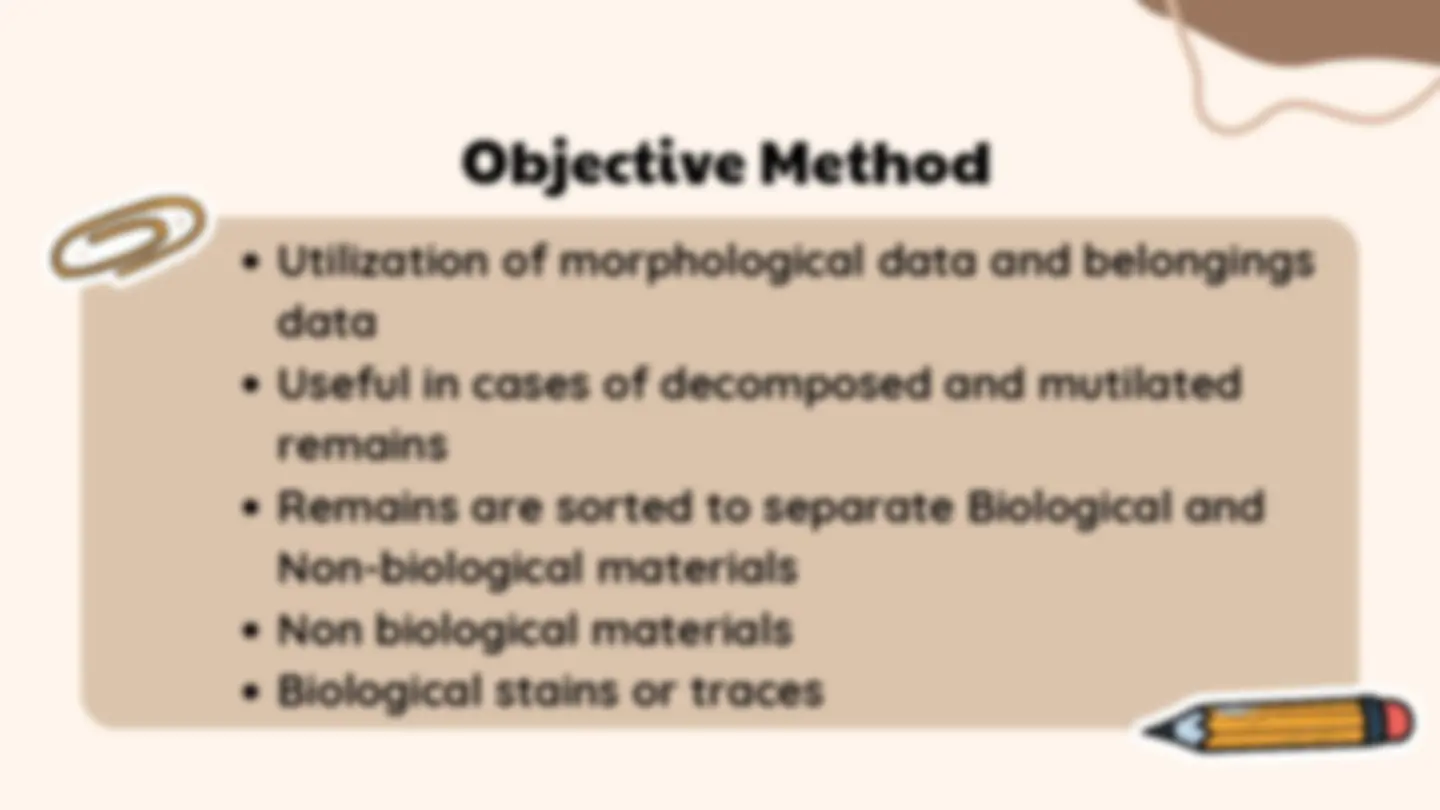
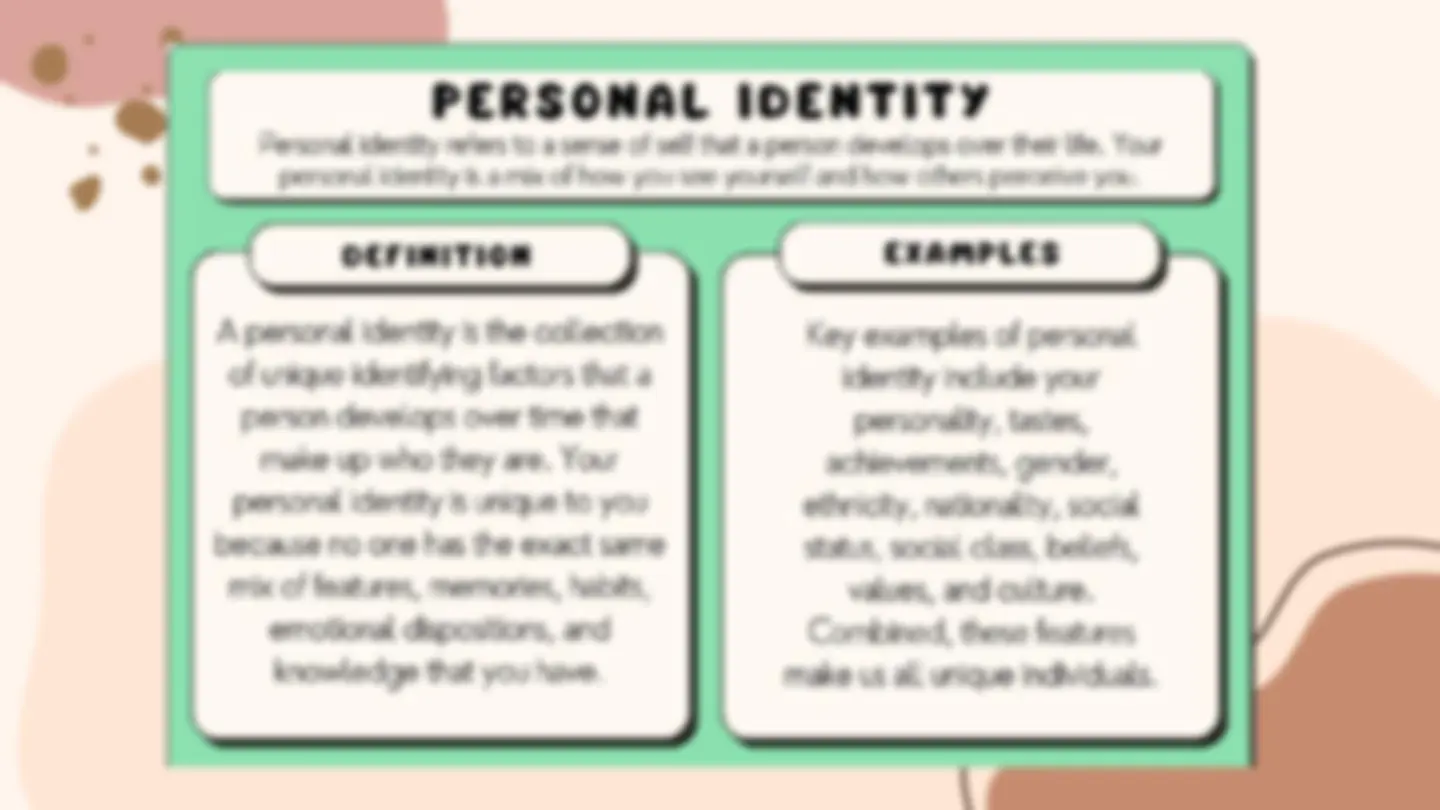
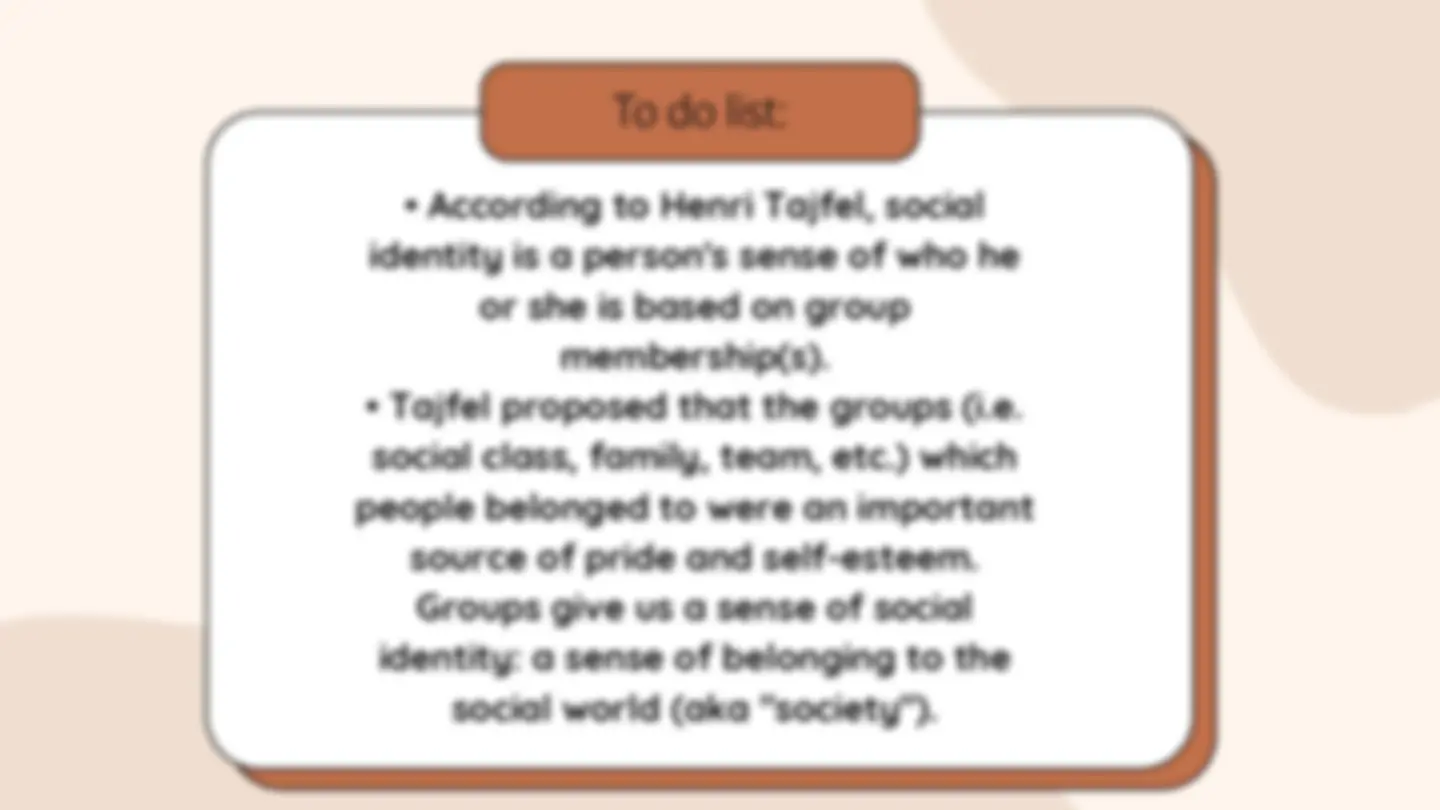
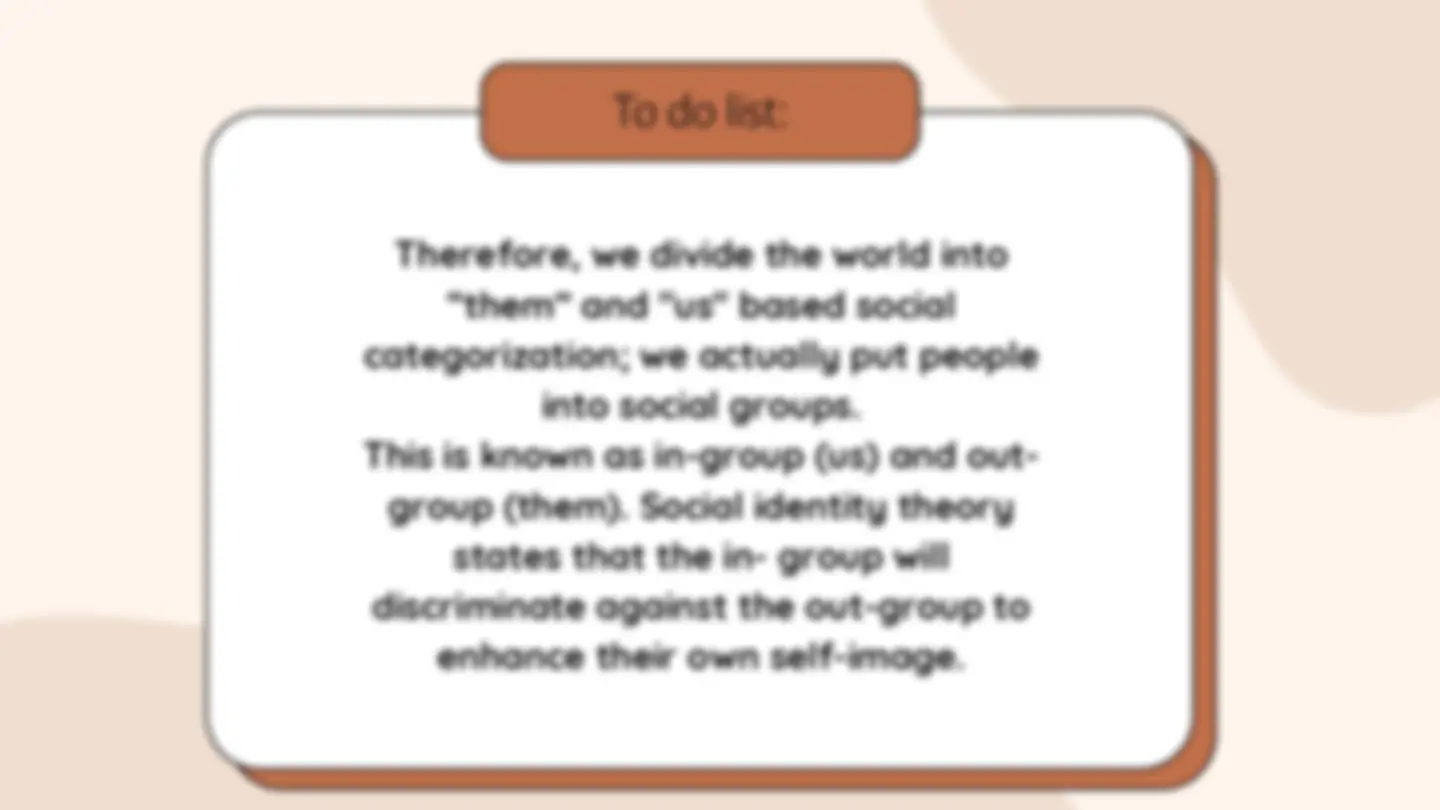
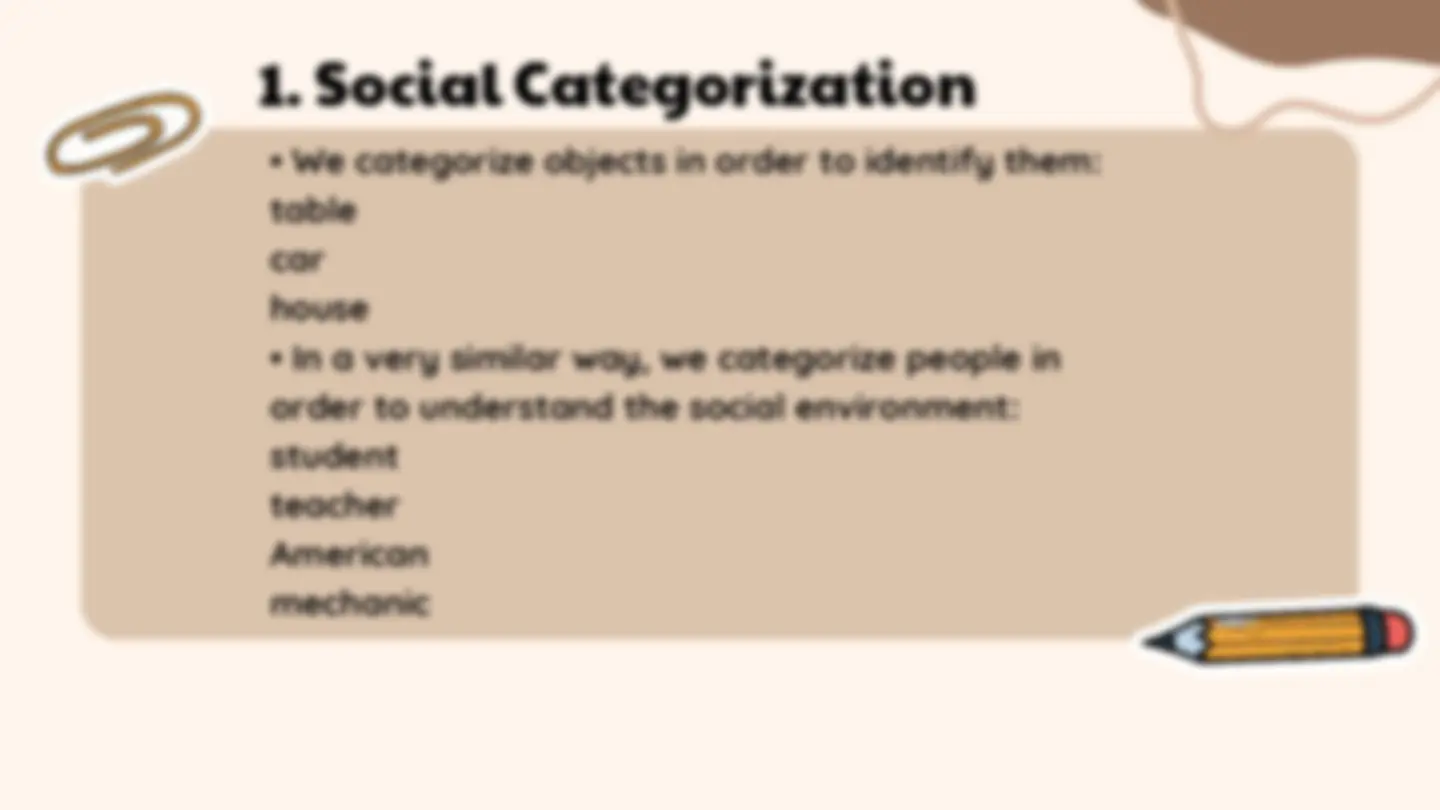
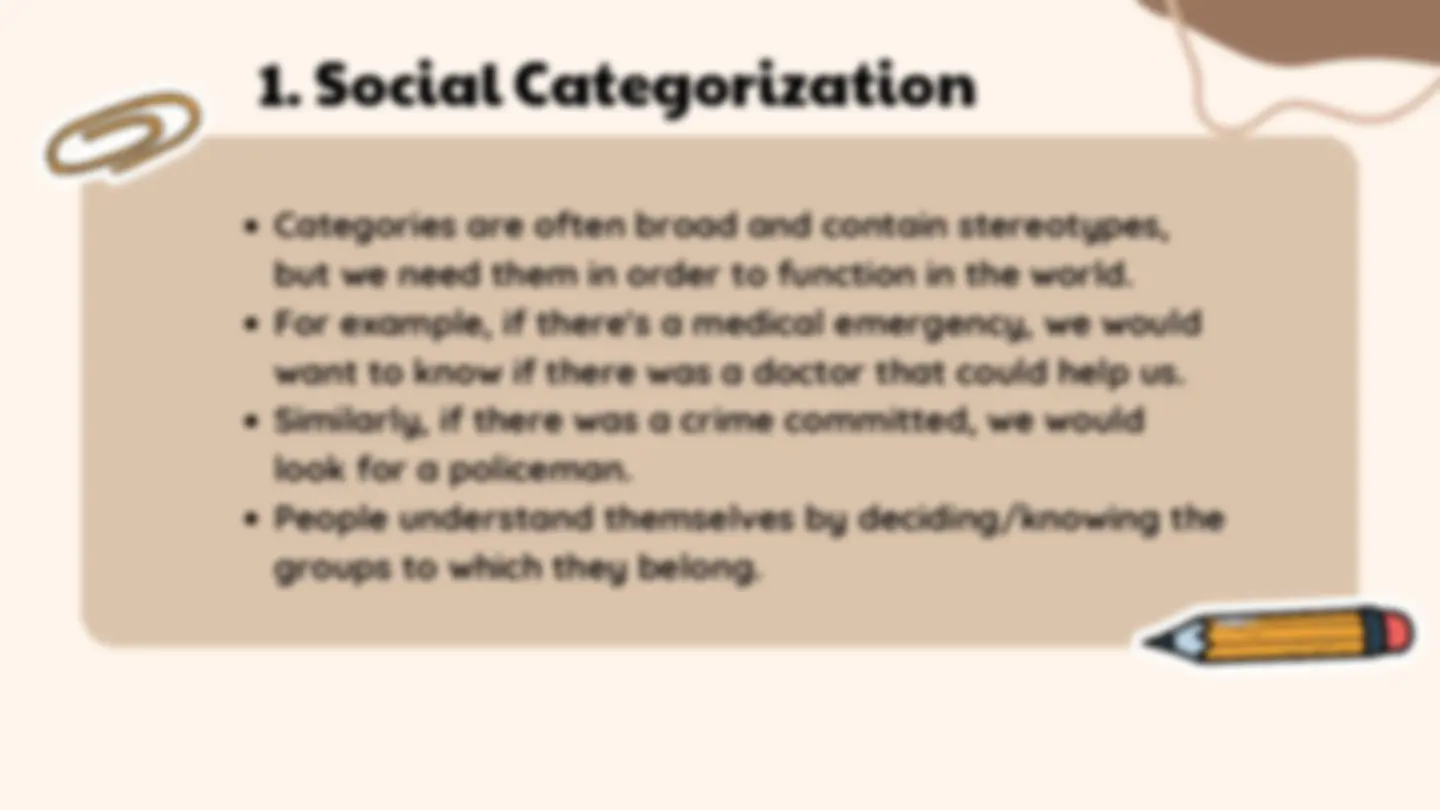
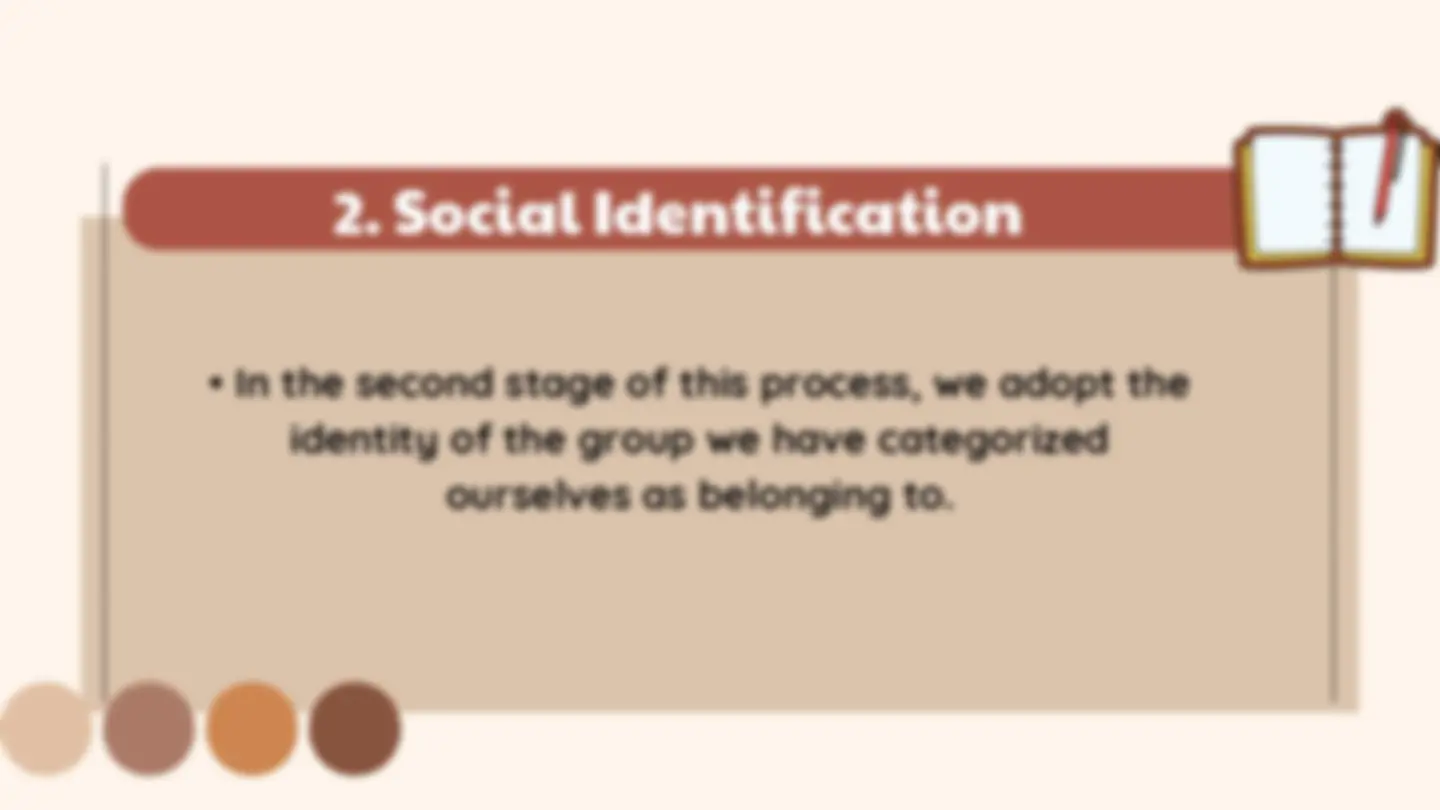
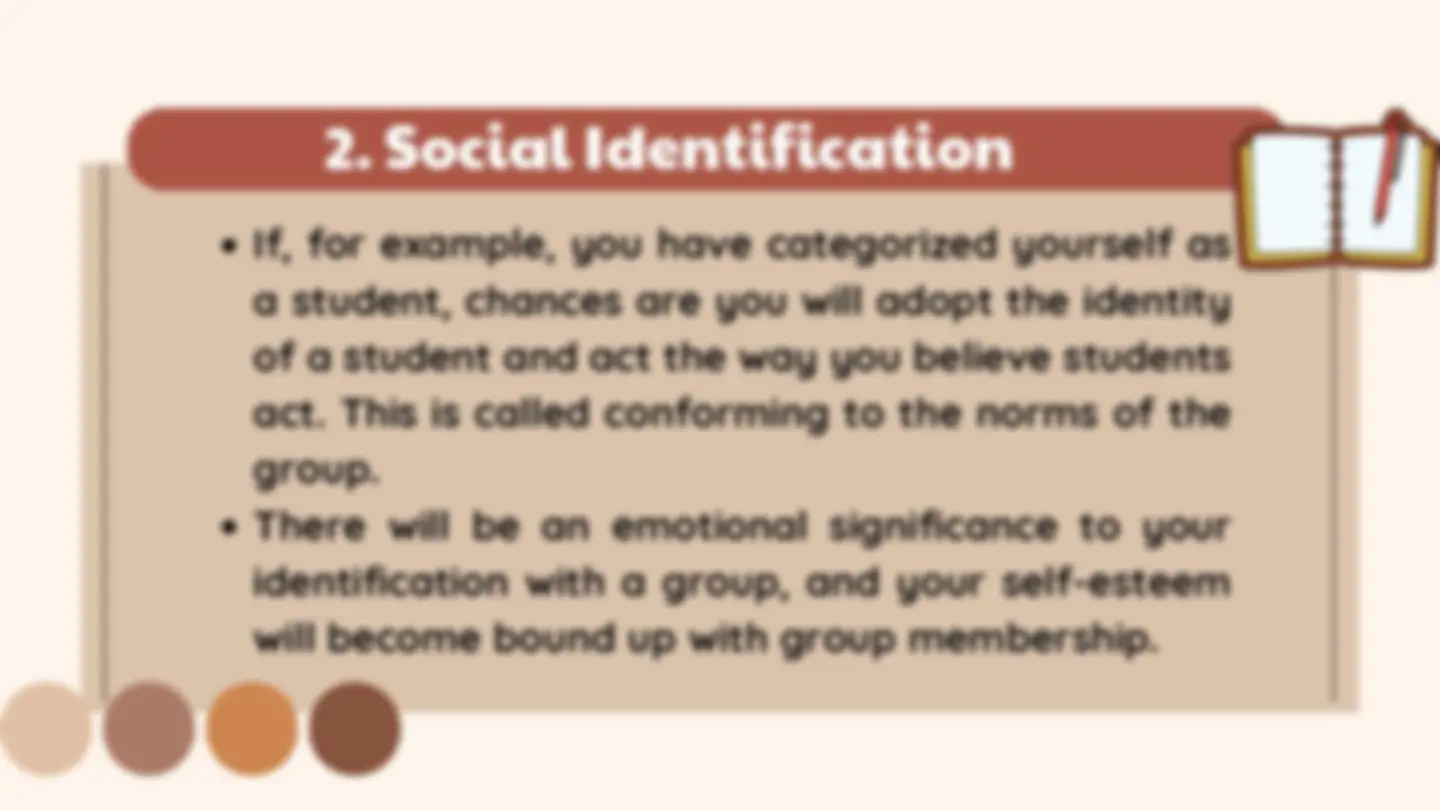
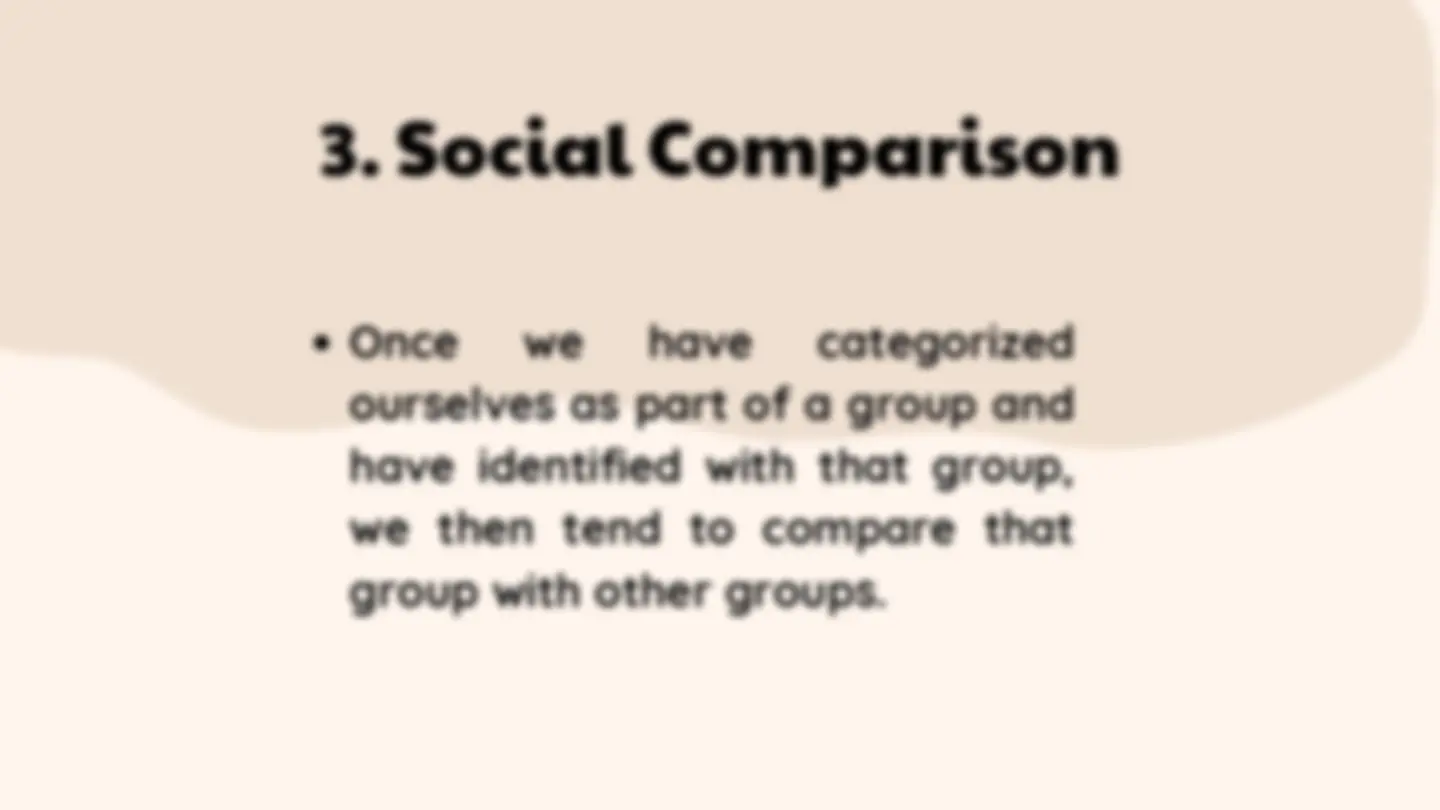
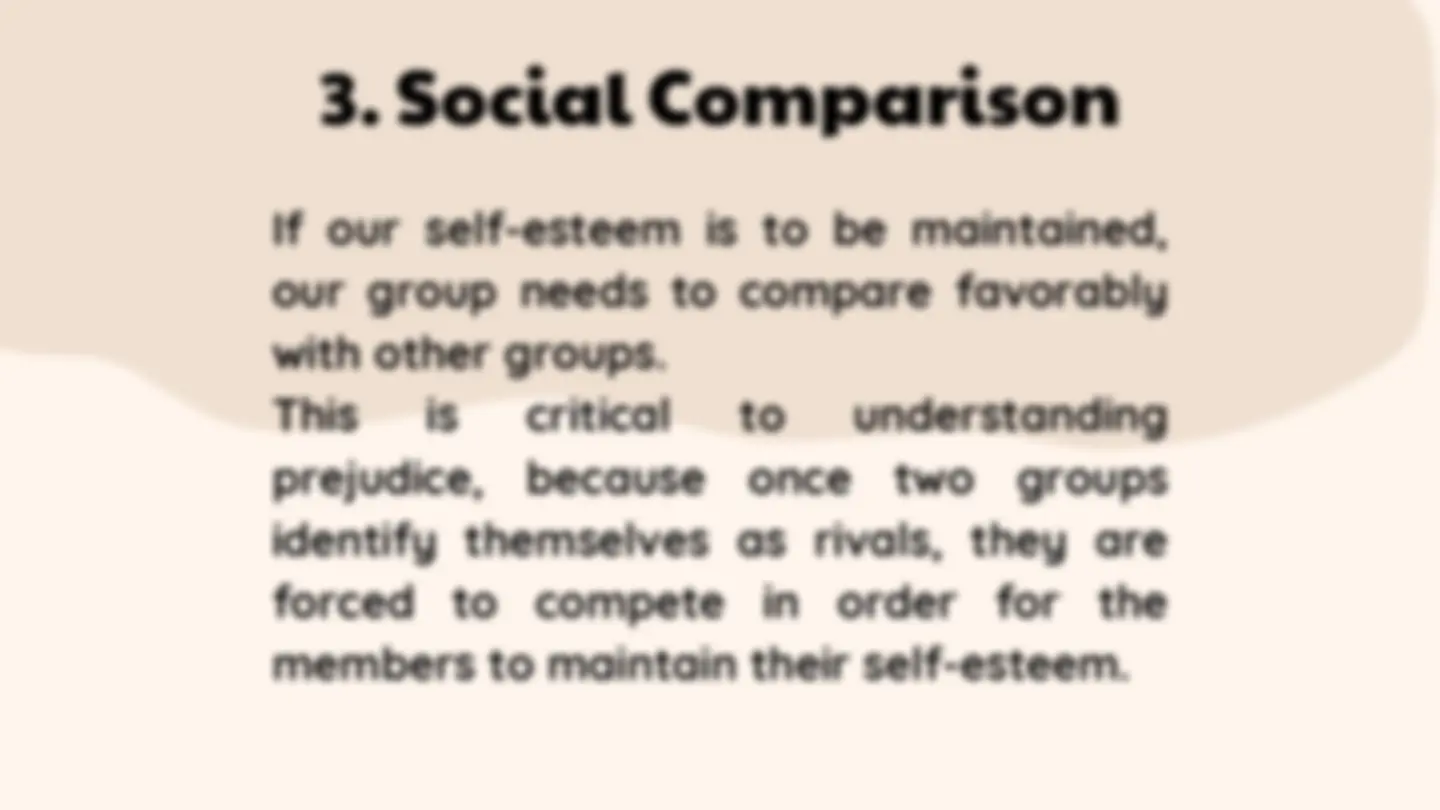




Study with the several resources on Docsity

Earn points by helping other students or get them with a premium plan


Prepare for your exams
Study with the several resources on Docsity

Earn points to download
Earn points by helping other students or get them with a premium plan
Community
Ask the community for help and clear up your study doubts
Discover the best universities in your country according to Docsity users
Free resources
Download our free guides on studying techniques, anxiety management strategies, and thesis advice from Docsity tutors
A comprehensive analysis of personal and social identity, focusing on the importance of identity in various aspects of life, particularly in legal and social contexts. It discusses the methods of determining personal identity, the role of social identity in shaping self-esteem and self-image, and the concept of social categorization and its impact on prejudice. Presented by lester jess duay.
Typology: Assignments
1 / 25

This page cannot be seen from the preview
Don't miss anything!


















Presented by Lester Jess Duay
**It means establishment of individuality of a person. In medico-legal cases identification is very important in living as well as in dead. May be
Medicolegal aspects In living, in civil courts, identification is required in cases: •Marriage
- Disputed sex •Inheritance •Insurance
**Three methods
When third party is not available--- morphological data of examinee collected. Morphological data collected from: At the time of Medicolegal examination clues or characters recorded in fullest detail. Personal identity data can be classified as : 1) Anatomical data.
Anatomical parameters Primary data: which present at the time of birth. Secondary data; which develop and appear subsequently at various stages of life. Like secondary sex characters and degenerative changes.
Utilization of morphological data and belongings data Useful in cases of decomposed and mutilated remains Remains are sorted to separate Biological and Non-biological materials Non biological materials Biological stains or traces
Biological group includes body fluids and tissue. Like hair, nails, blood, saliva, semen, CSF, urine, vomit, excreta. Non biological group includes; Clothes, wristwatch, purse Leaves, grass, Bottles, tablets, bullets, pellets etc.
**- According to Henri Tajfel, social identity is a person's sense of who he or she is based on group membership(s).
- Henri Tajfel proposed that stereotyping (i.e. putting people into groups and categories) is based on a normal cognitive process: the tendency to group things together. In doing so we tend to exaggerate both the differences between groups as well as the similarities of things in the same group.
- We categorize people in the same way. We see the group to which we **belong (the in-group) as being different from the others (the out- group), and members of the same group as being more similar to each other than they really are.
Categories are often broad and contain stereotypes, but we need them in order to function in the world. For example, if there's a medical emergency, we would want to know if there was a doctor that could help us. Similarly, if there was a crime committed, we would look for a policeman. People understand themselves by deciding/knowing the groups to which they belong.
- In the second stage of this process, we adopt the identity of the group we have categorized ourselves as belonging to.